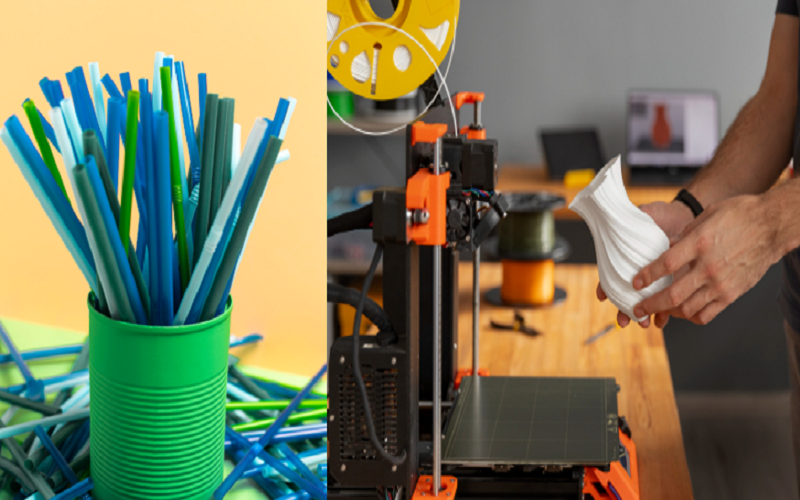In the field of 3D printing technology, plastic materials, metal powders, and ceramic materials are common raw inputs, utilized to construct prototypes through layer-by-layer printing.
However, for desktop-level consumer 3D printers, PLA and PETG are the most widely used materials.
But what are the differences between them? How should one choose between these two options?
In the following content, we will delve into the characteristics, differences, and application areas of PLA and PETG to help you find answers to these questions.
What Is PLA?
In our previous discussion on “PLA vs ABS” we learned that PLA is a biodegradable material typically made from corn starch or sugarcane.
It has a lower melting point, making it easier to print with, and is well-suited for creating models and artworks that require a fine appearance.
Thanks to PLA’s biodegradability and ease of use, it is widely used across various fields, including prototype design, medical devices, food packaging, and more.
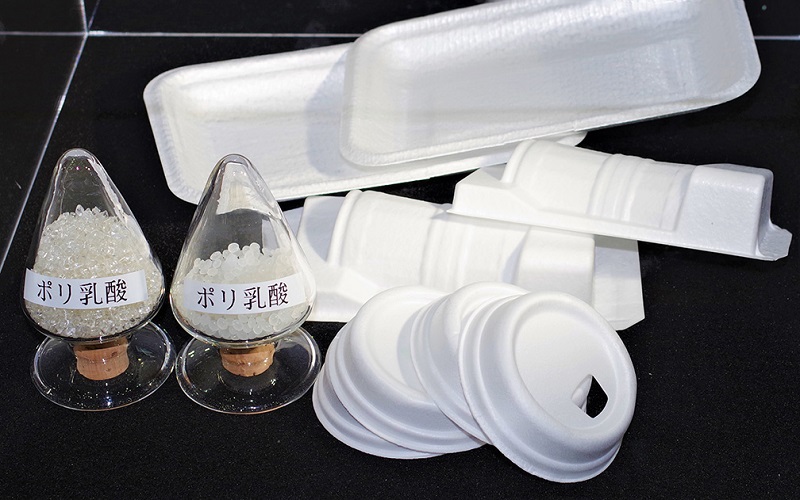
What Is PETG?
PETG, short for Polyethylene Terephthalate Glycol-modified 1,4-Cyclohexanedimethanol ester, is a transparent, non-crystalline copolyester that belongs to the family of modified PET plastics.
It is produced by transesterification polycondensation of three monomers: PTA, EG, and CHDM, where a certain amount of ethylene glycol is replaced by CHDM during its production process.
Compared with PET, PETG has an additional 1,4-cyclohexanedimethanol copolymer, and unlike PCT, it includes an ethylene glycol comonomer, making PETG’s properties significantly different from both PET and PCT.
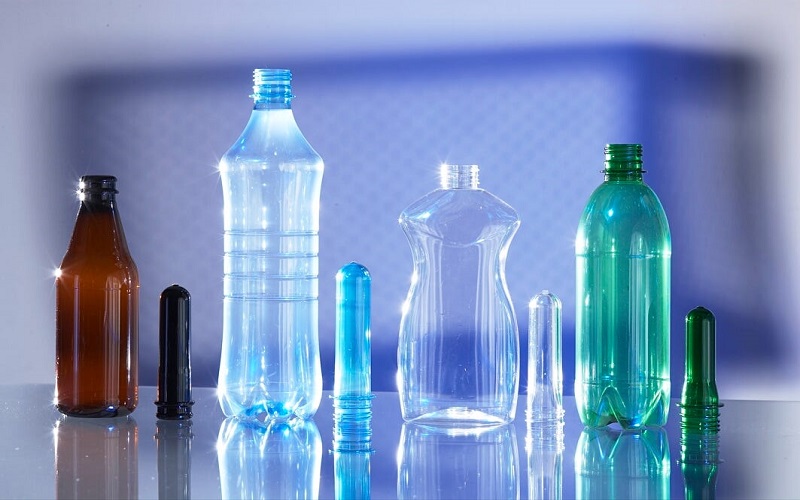
PLA vs PETG:Performance Comparison
Before comparing PLA and PETG, we need to first understand the characteristics of these two materials.
The most prominent feature of PLA is its excellent biodegradability, smooth surface, and superior barrier properties, making it a complete substitute for PS and PET in many areas.
PETG is an improved version of PET material, favored for its high transparency and impact resistance.
Here are some performance metrics for PLA and PETG:
Properties | PLA | PETG |
Density(g/cm3) | 1.25-1.28 | 1.29-1.4 |
Melting Point(℃) | 176 | 180-230 |
Tensile Strengths(MPa) | 40-60 | 50-75 |
Flexural Modulus (GPa) | 2-4 | 2.2-2.8 |
Impact Strength (kJ/m²) | 2-3 | 5-7 |
Water Absorption (%) | 0.5-0.8 | 0.1-0.3 |
Heat Deflection Temperature (℃, 0.45MPa) | 52-60 | 70-78 |
It’s evident that PETG possesses superior impact resistance and flexural strength, not prone to breaking or deforming easily.
The impact strength of PETG is multiple times that of regular PLA.
Although PLA exhibits decent strength, it lacks toughness, making it highly susceptible to bending and deformation.
Furthermore, PLA’s thermal stability is on par with PVC, decomposing easily under high temperatures, which renders its heat resistance less effective compared to PETG.
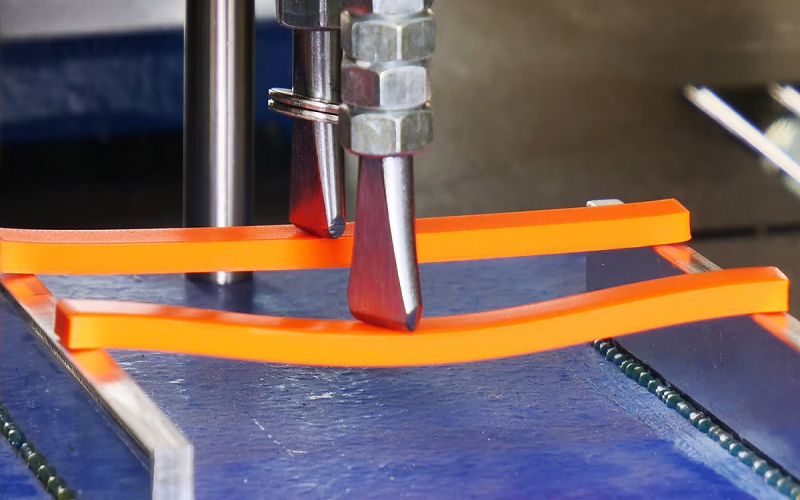
PLA vs PETG:Advantages And Disadvantages
To make a more informed decision between these two materials, it is necessary to analyze the advantages and disadvantages of PLA and PETG.
Pros of PLA:
Biodegradability: Derived from plants, PLA can be naturally decomposed by microorganisms, making it environmentally friendly.
Low Warping: Its lower melting point minimizes warping risks, ideal for beginners and complex 3D prints.
No Toxic Fumes: Burning PLA releases no harmful gases, indicating its safety for both the environment and human health.
Non-toxic:Under normal conditions of use, beverage bottles and disposable tableware are PLA food safe.
Cons of PLA
Brittleness: Despite its wide molecular weight distribution, PLA is hard and brittle, with limited impact resistance.
Poor Heat Resistance: It deforms easily at temperatures over 50°C, unsuitable for applications requiring heat resistance.
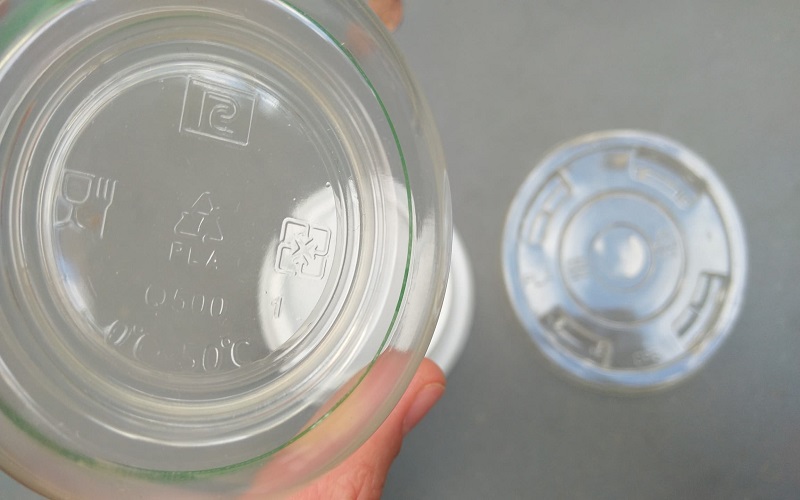
Pros of PETG
High Transparency: Injection molded PETG products exhibit an exceptionally high level of transparency, akin to glass.
Good Flexibility: PETG exhibits high toughness and excellent tensile properties, with its maximum elongation ratio reaching up to 180%.
Thermal Stability: Compared to PLA, PETG has better heat resistance, allowing it to be used at higher temperatures without deforming.
Cons of PETG
Hygroscopicity: Compared to PLA, PETG has a higher moisture absorption rate, requiring moisture-proof storage to avoid impacting the printing quality.
Tendency to String: Its viscous extrusion can lead to stringing and nozzle clogging if not carefully managed.
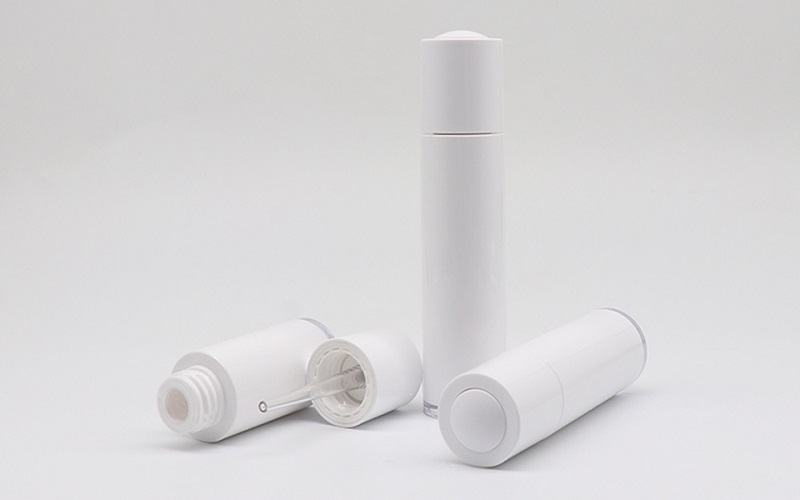
PLA vs PETG:Applications
PETG is renowned for its high transparency and excellent toughness, making it widely used in the manufacture of mechanical parts, food containers, and household items.
PLA, with its biodegradability and ease of printing, occupies a significant position in numerous industries, including toys, medical devices, and food packaging.
Moreover, both PLA and PETG are mainstream choices in the field of 3D printing.
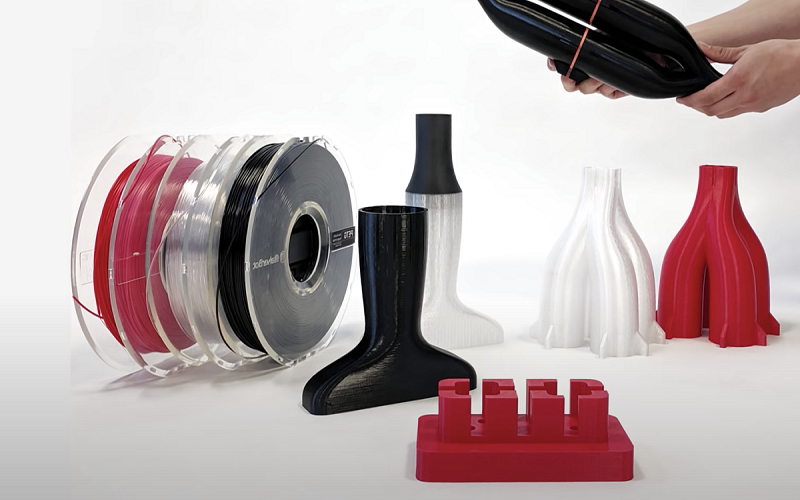
As one of the few 3D printing materials capable of achieving high transparency, PETG has a light transmission rate of up to 90%, significantly surpassing acrylic in terms of toughness.
The printing process is almost odorless, and its printability is close to that of PLA+.
However, due to the high viscosity of PETG, it is less suitable for printing models with complex structures.
Removing support structures is both time-consuming and labor-intensive, and producing perfect models can be challenging.
Compared to other 3D printing materials, PLA filament has a lower printing temperature and good fluidity, capable of producing products with smooth surfaces and vibrant colors.
It is especially suitable for creating decorative items and display models with complex models and fine details, making it the ideal choice for printing high-quality display pieces.
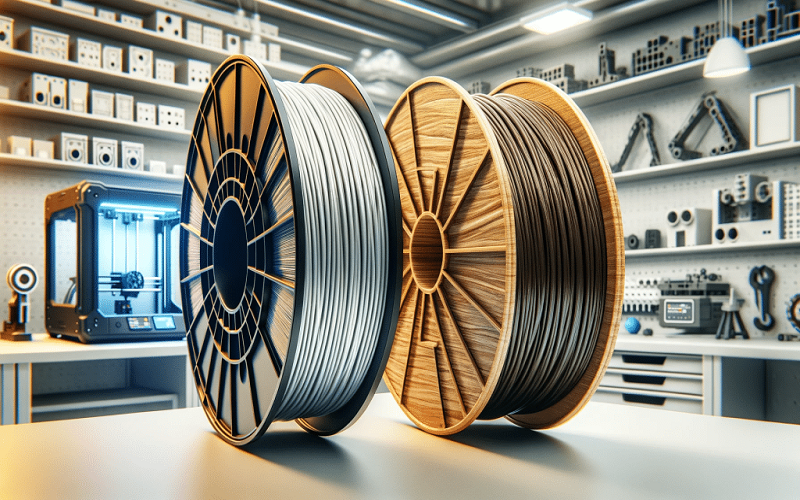
PLA vs PETG:Environmental Impact
As public concern for environmental conservation grows, the impact of plastic products on the environment has become a focal point of attention.
PLA , a bio-based plastic, is known for its excellent biodegradability and lower carbon footprint, which helps mitigate the long-term environmental impact of plastic waste and reduces greenhouse gas emissions.
However, PLA requires specific industrial composting conditions for effective decomposition, and its degradation rate significantly slows in natural environments or home composting systems.
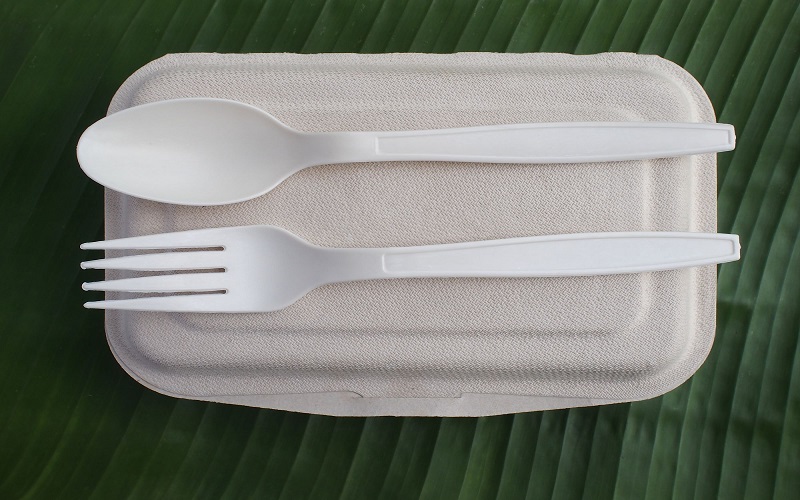
On the other hand, PETG is a recyclable material that, when completely combusted, leaves behind only CO2 and water, making it a preferred alternative to non-environmentally friendly transparent materials like PVC.
PETG does not release harmful substances during use, nor does it deform or produce toxic gases when heated.
However, PETG’s biodegradability is poor, making it difficult to decompose in natural settings and potentially contributing to long-term plastic pollution issues.
The production and processing of PETG generally require higher temperatures compared to PLA, which may lead to greater energy consumption and greenhouse gas emissions.
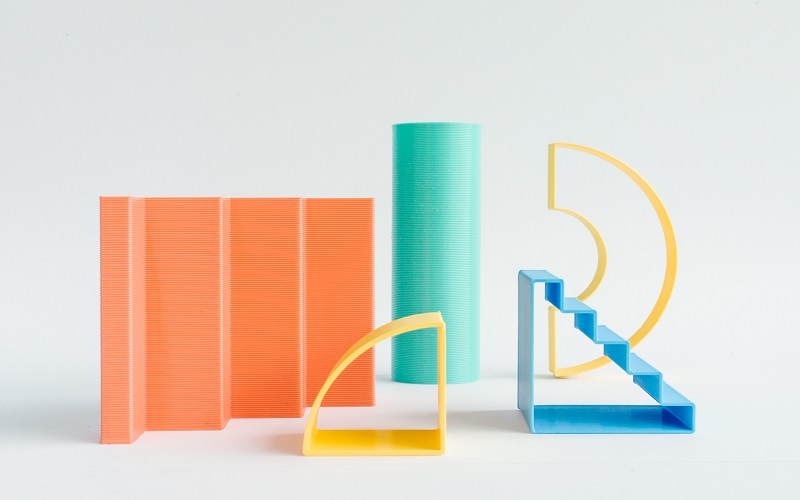
How to Choose Between PETG and PLA
At the onset of a new project, you might find yourself pondering the choice between PLA and PETG materials.
If your project demands materials that offer high durability, excellent impact resistance, and greater heat resistance, PETG is the more suitable option.
It not only possesses the glossiness of PLA but also incorporates the strength of ABS, achieving a perfect blend of both.
For projects that prioritize environmental friendliness, ease of post-processing, and budget-friendliness, PLA becomes the ideal choice due to its biodegradability, lower printing temperatures, and good flow properties.
Moreover, considering that PLA produces almost no odor during printing, it is also more suitable for home and educational environments.
In summary, the choice between these materials should be made based on the performance requirements of the product, environmental impact, printer specifications, and project budget, among other factors.
